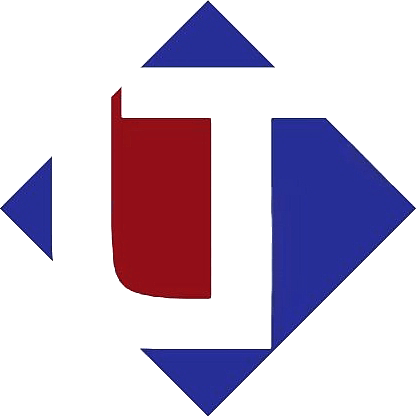3-in-1 type busbar machines are generally suitable for clients in the electrical industry who require efficient and accurate production of busbars. Busbars are used in electrical power distribution systems to connect electrical equipment, and the production of these busbars requires precision and speed.
Some examples of clients who may benefit from 3-in-1 type busbar machines include:
Electrical equipment manufacturers produce switchgear, transformers, and other electrical equipment that requires busbars for power distribution.
Electrical contractors who install and maintain electrical systems in commercial and industrial settings, and who may require custom busbars for specific applications.
Panel builders create control panels for machinery and industrial equipment, which often require precise and custom busbars for efficient power distribution.
Overall, clients who need to produce busbars quickly and accurately, with the flexibility to create customized designs, would benefit from investing in a 3-in-1 type busbar machine.
Here are some additional details about 3-in-1 type busbar machines:
Function: As the name suggests, 3-in-1 type busbar machines combine three different functions into one machine. These functions are cutting, punching, and bending, which are necessary steps in the production of busbars. By combining these functions into one machine, 3-in-1 type busbar machines can save time and improve accuracy.
Automation: Many 3-in-1 type busbar machines are automated, which means they can perform these three functions without requiring manual input. This automation can further increase efficiency and reduce the risk of human error.
Flexibility: 3-in-1 type busbar machines are highly flexible and can be used to produce a wide range of busbar sizes and shapes. This makes them ideal for clients who need customized busbars for specific applications.
Cost: While 3-in-1 type busbar machines can be a significant investment, their efficiency and flexibility can help clients save time and money in the long run. By producing busbars in-house, clients can avoid outsourcing and reduce lead times.
Types: 3-in-1 type busbar machines come in different types and sizes, depending on the specific needs of the client. Some machines are designed for high-volume production, while others are better suited for smaller runs. It is important for clients to select a machine that can meet their production requirements.
Operation: 3-in-1 type busbar machines are generally easy to operate, and many models come with user-friendly software that allows for easy programming and setup. This makes it possible for operators to quickly switch between different busbar designs, without requiring extensive training.
Material compatibility: 3-in-1 type busbar machines are compatible with a range of materials, including copper, aluminum, and steel. This allows clients to select the most suitable material for their application, based on factors such as conductivity, strength, and cost.
Output: 3-in-1 type busbar machines can produce busbars in large quantities, which makes them ideal for high-volume production. The machines can also produce busbars with high precision and accuracy, ensuring that each busbar meets the required specifications.
Maintenance: 3-in-1 type busbar machines require regular maintenance to ensure optimal performance. This may include cleaning, lubrication, and calibration of the machine’s components. Regular maintenance can help extend the life of the machine and prevent downtime.
Safety: 3-in-1 type busbar machines come with a range of safety features, such as guards and emergency stop buttons, to protect the operator from accidents. However, it is important for clients to ensure that the machine is operated by trained personnel and that safety protocols are followed at all times.
Overall, 3-in-1 type busbar machines are suitable for clients who require efficient and accurate production of busbars, and who value flexibility and customization in their production processes. These machines can help clients save time and money while ensuring high-quality output.
Size and capacity: 3-in-1 type busbar machines come in different sizes and capacities, which can accommodate different production volumes and busbar sizes. The size and capacity of the machine will depend on the specific needs of the client.
Production speed: 3-in-1 type busbar machines are designed for high-speed production, which can help clients meet tight deadlines and reduce lead times. The production speed of the machine will depend on various factors, such as the complexity of the busbar design and the size of the material being used.
Quality control: 3-in-1 type busbar machines come with quality control features, such as sensors and measuring devices, which ensure that each busbar meets the required specifications. This can help clients avoid quality issues and reduce waste.
Integration: Some 3-in-1 type busbar machines can be integrated with other production processes, such as laser marking and assembly, to create a fully automated production line. This can further improve efficiency and reduce the risk of errors.
Cost-effectiveness: 3-in-1 type busbar machines can be a cost-effective solution for clients who need to produce busbars in-house. By reducing the need for outsourcing and manual labor, clients can save money and increase their profit margins.
Overall, 3-in-1 type busbar machines offer a range of benefits to clients in the electrical industry, including efficiency, accuracy, and flexibility. These machines can be a valuable investment for clients who require high-quality busbars for their electrical equipment and systems.
